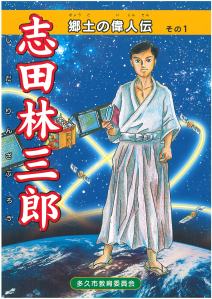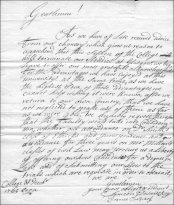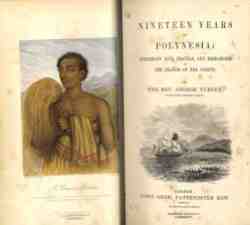A Principal’s Reception was hosted yesterday (Thursday 21st March) by Senior Vice-Principal Andrea Nolan and Vice-Principal Frank Cotton to thank all of our International Story Editors for their fantastic contribution to the University’s International Story project so far.
This reception also signaled the launch of the online resource, which will continue to be updated and added to in the coming year as we uncover new international stories and connections. The website’s features include an interactive map to browse connections by country, which opens up to present a biography of someone associated with that country.
During the reception, Club21 student volunteers, Gabrielle Migdalski and Ianto Jocks both presented their findings and experience as International Story volunteers: Gabrielle’s project researched the influx of Polish students to the University during the 1940s, a period of mass displacements caused by WWII. She highlighted one student record in particular, Maria Kolasa, to highlight what became a family and love story at the University. Ianto’s project consisted of the transcription and construction of a database of Lord Kelvin’s handwritten student registers (to be made available via the website in the near future), which will contribute not only to the International Story project but potentially to wider academic research. In fact, Andrew Watson attended Kelvin’s class in 1875-6 and has prompted further research to be carried out, which was published recently in the Scotsman.
Here are some photos from the reception:
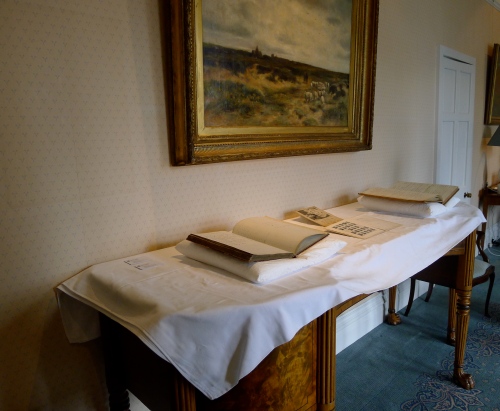
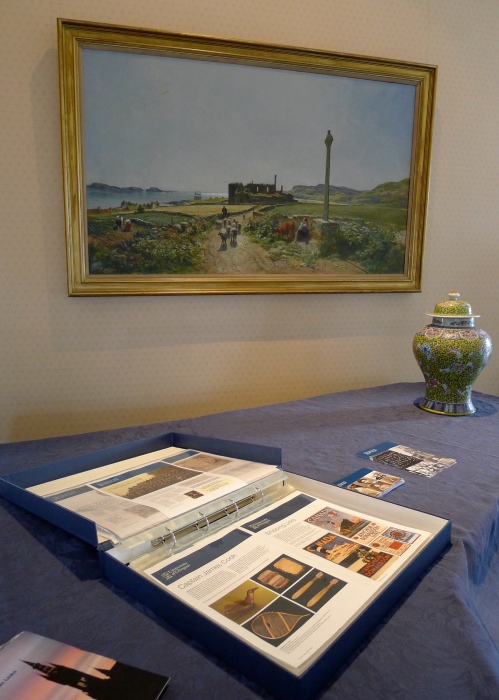





As the project progresses, we hope the University and wider community will contribute their knowledge of Glasgow’s international connections to further enhance this insightful and exciting online resource.



